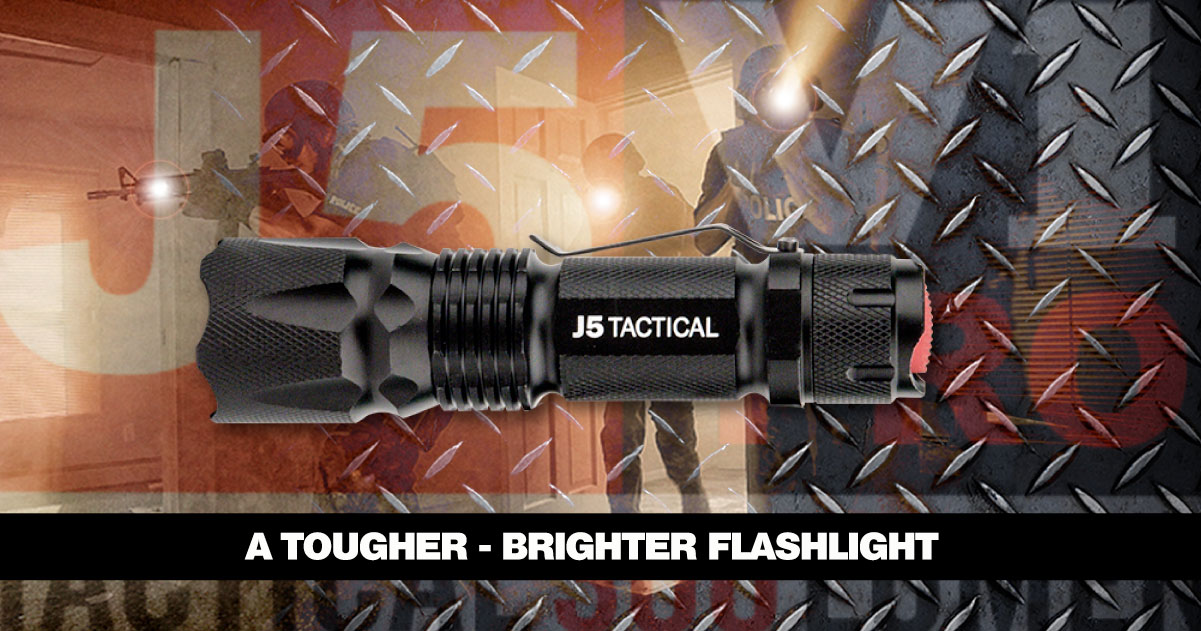Make Your Own Insulated Drink Holder
Required Material

All you need is an aluminum drink can, a pair of scissors, marker, hot glue gun and the right type of insulation. Look for batt insulation that has Mylar or similar material on one side, and choose the thinnest roll that you can find. You want the soft, felt-like insulation instead of the thick fiberglass options.
Preparing the Sleeve

The first step is to mark the length of your can on the insulation. Cut off a strip that is about ½ to 1 inch shorter than the can. The next step is to wrap the strip around the can and cut it to size so that it matches the circumference. Then, stand the can on top of one of the scrap pieces if possible and draw a circle around it. This will serve as the base for the sleeve later.

Trim the sleeve so that it reaches from the bottom of the can to the point where it tapers on the top. This will allow the sleeve to cover all of the liquid inside of the can and provide maximum thermal insulation.
Gluing the Sleeve

Warm up your glue gun and wrap the insulation around the can. Hold the insulation in place with one hand while you apply a thin strip of glue to one of the ends. Bring the other end over and press together until the glue sets and creates a seam. You could lay the strip flat on the table as well, but its easy to lose your grip on the can. It will take a little bit of practice to get a feel for how to hold the can and insulation in place while applying the glue and then making the seam. However, it should get easier after a couple of attempts. The trick is to apply just enough glue to hold the ends together without having ooze out you hold the sleeve.

The next step is to glue the bottom to the sleeve. You can either glue it atop or inside the sleeve. Gluing it atop the sleeve is easier but the bottom may fall off more quickly. Placing the bottom just inside of the sleeve will help to secure it in place, but you may need to trim it down to size so that it doesn’t buckle or force the sleeve to expand near the bottom as well. In either case, make sure that you put the can over the bottom so that its weight will provide maximum adhesion as the glue sets.

Modifications
This is just a general overview of the process, and you can use different material as well as duct tape instead of glue. However, thermal insulation will generally provide you with a better finished product when compared to foam or other material. Try this out for yourself, and consider using the same approach for making sleeves for glass or plastic bottles as well.
This trick can come in handy when you can’t get your hands on drink sleeves, or you want to make your own out of items that you have lying around your work area.

